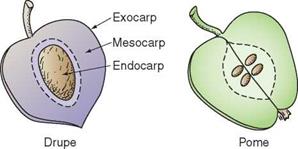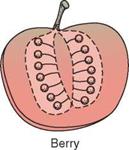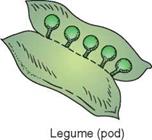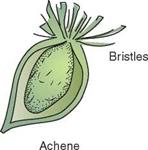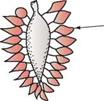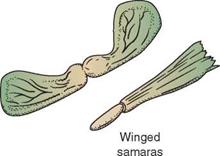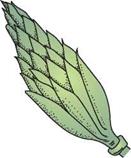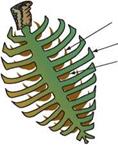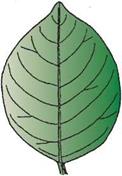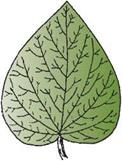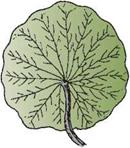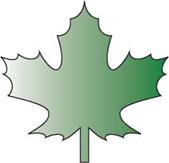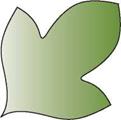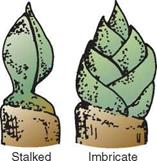Since keys rely heavily on physical features of plants as the basis for separation, a trained horticulturist must have a working knowledge of the terms used to describe plants. Such terminology is the stuff of which dichotomous keys are made.
Leaves
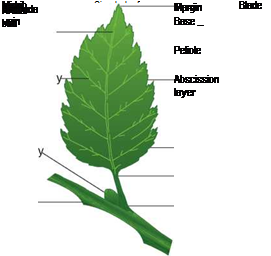 |
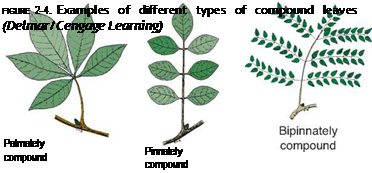 |
A leaf is described in terms of its shape, its margin, the presence or lack of lobes, its base, the patterns of its veins, its apex style, whether it is simple or compound, and whether it is smooth-surfaced or pubescent (covered with fine epidermal hairs) (Figures 2-3 to 2-9).
figure 2-3. Parts of a simple leaf, having one solid blade per petiole (Delmar/Cengage Learning)
![]()
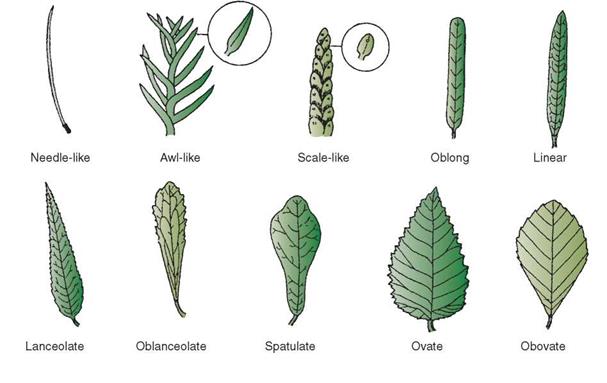
|
|
|
|
|
|
|
|
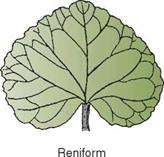
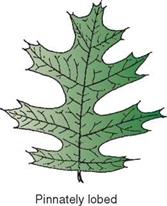

![]()
figure 2-5. Examples of typical leaf shapes (Delmar/Cengage Learning)
|



figure 2-6. Examples of leaf apexes (Delmar/Cengage Learning)
|
|
||
|
|||





figure 2-7. Examples of leaf bases (Delmar/Cengage Learning)
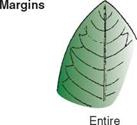
 |


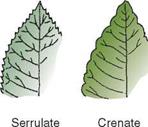


|
|
|
|
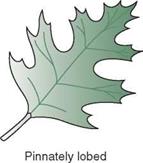
figure 2-9. Examples of lobing in simple leaves (Delmar/Cengage Learning)
Twigs
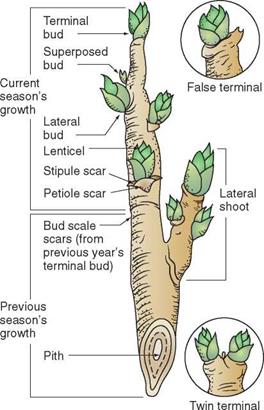 |
A branch or twig is described on the basis of the type of buds it possesses, the nature of its terminal bud, the arrangement of its buds and leaves, the shape of its leaf petiole scars, prominence of its lenticel and stipule scars, and the type of pith it produces (Figures 2-10 to 2-13).
figure 2-ю. The parts of a woody twig important in identifying a species (Delmar/ Cengage Learning)
|
|||
|
|
||
|
|||
figure 2-11. Types of buds (Delmar/Cengage Learning)
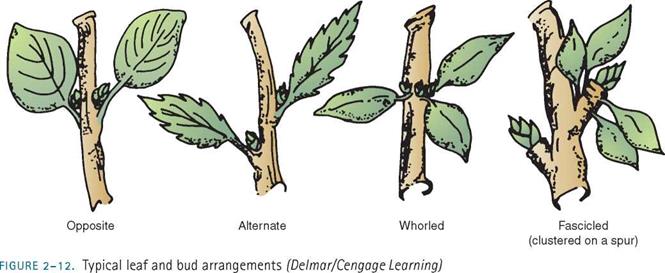
|
figure 2-13. Different types of pith (Delmar/Cengage Learning)
Flowers
The parts of a flower were illustrated and discussed in Chapter 1. In addition to the flower parts already described, plant keys may identify plants by the type of flower formed. Flowers may be described by the position of the ovary in relation to the flower parts (Figure 2-14).
• A hypogynous flower has a superior ovary, which means that the ovary is attached to the stem above the place where the other flower parts are attached.
• A perigynous flower also has a superior ovary, but the petals and sepals are fused to form a tube-like structure around but separate from the ovary.
• An epigynous flower has an inferior ovary, or one that is attached to the stem below where the other flower parts are attached. There is a floral tube, but it is united with the wall of the ovary.
Flowers may also be described as singular (one flower per stem as with a tulip), composite (multiple small ray and disc flowers as with the sunflower), or an inflorescence (clusters of small flowers arranged on an axis as with snapdragons or viburnums) (Figure 2-15).
Fruits
A fruit is the ripened ovary of the flower. Generally, as a fruit develops the ovary enlarges beyond the size seen in a fresh flower before pollination. Since there are different types of flowers, it follows that there are also varying kinds of fruits.
Fruits are categorized into four major groups:
1. Simple fruit: develops from a single ovary
2. Aggregate fruit: develops from a single flower having a group of ovaries
3. Multiple fruit: develops from multiple ovaries of multiple flowers borne on a single stalk
4.
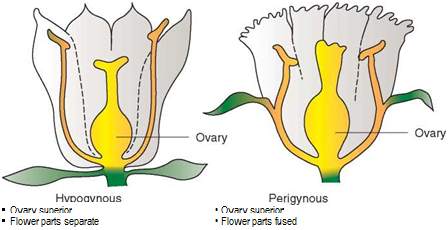 |
 |
Accessory fruit: develops from one or more ovaries and includes the calyx and/or receptacle.
figure 2-14. Types of flowers based on the position of the ovary (Delmar/Cengage Learning)
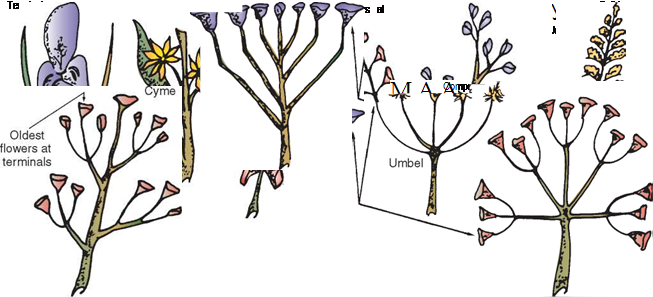 |
figure 2-15. Examples of singular and clustered inflorescences (Delmar/Cengage Learning)
Some of the fruit types are more common to ornamental plants than other types; however, a complete understanding of fruit types is preferable to a partial one. The simple fruits are described by the mature appearance of the ovary wall, the pericarp. Depending on the particular fruit type, the pericarp may be further divided into three separate layers:
1. exocarp (outer layer)
2. mesocarp
3. endocarp (inner layer)
The three layers are easily recognized in the drupes, or “pit” fruits, exemplified by plums and peaches. The thin outer skin is the exocarp, the fleshy part of the fruit is the mesocarp, and the hard pit is the endo- carp. So distinctive are the many fruits formed by plants that keys exist that depend solely on the fruits as the basis for the separation (Figure 2-16).
![]()
|
|||
|
|||
|
|||
|
|||
|
|||
|
|||
|
|||
|
|
||
|
